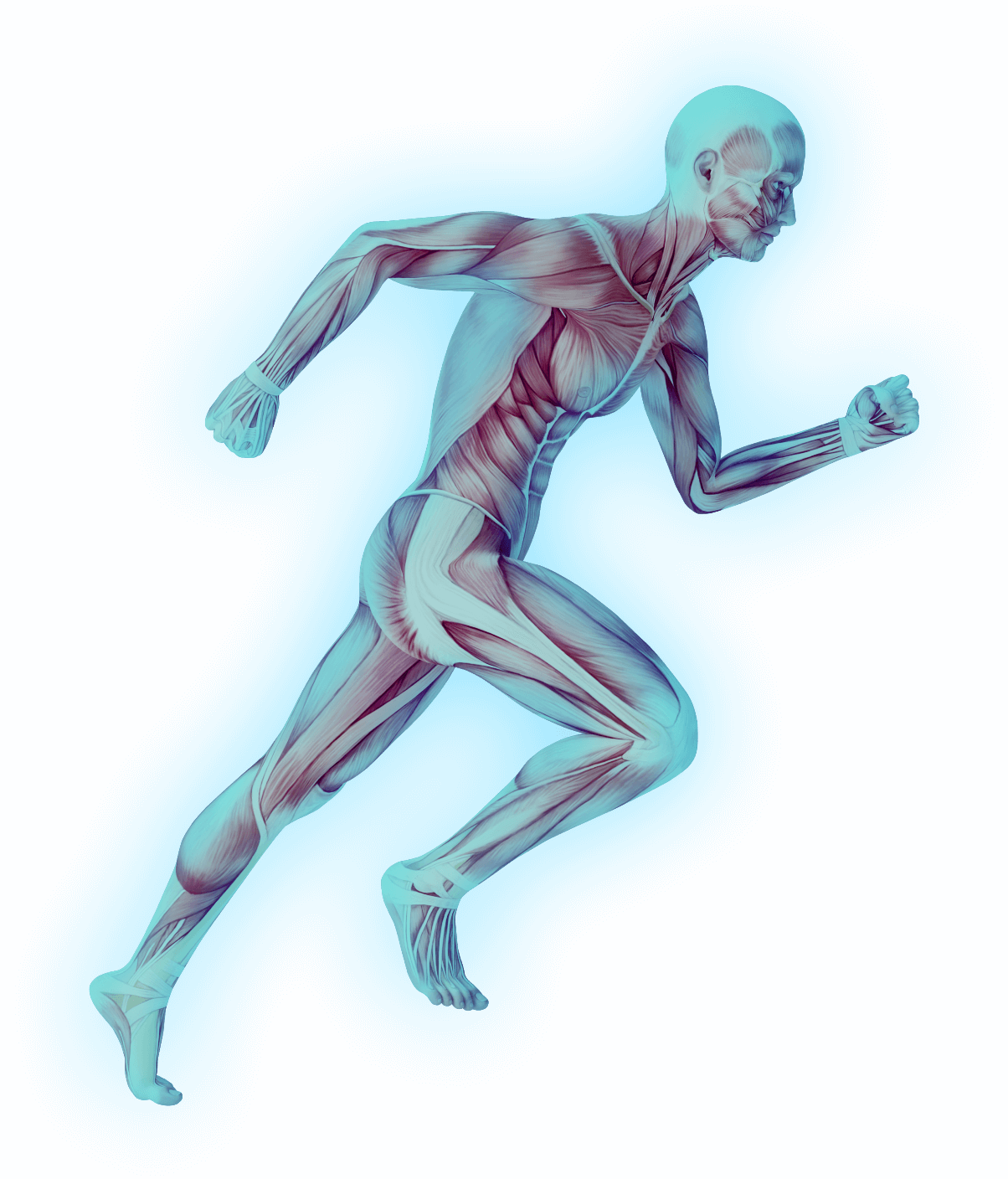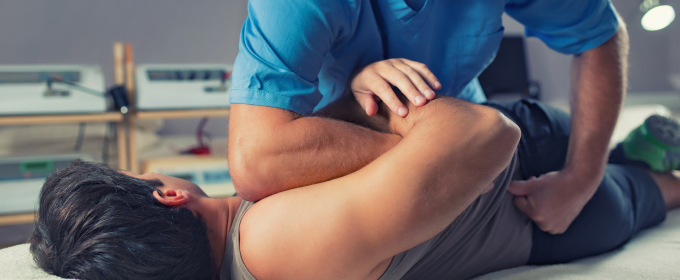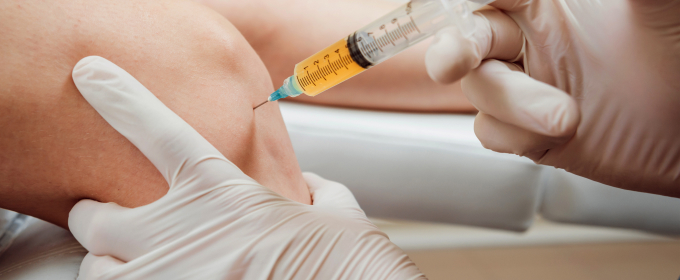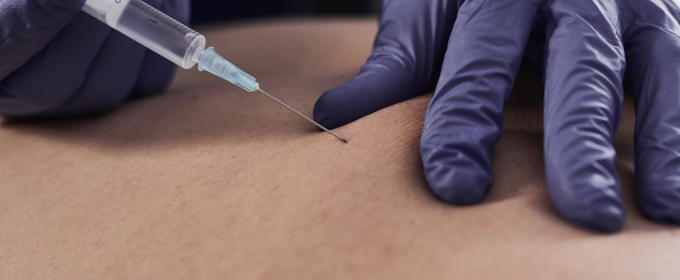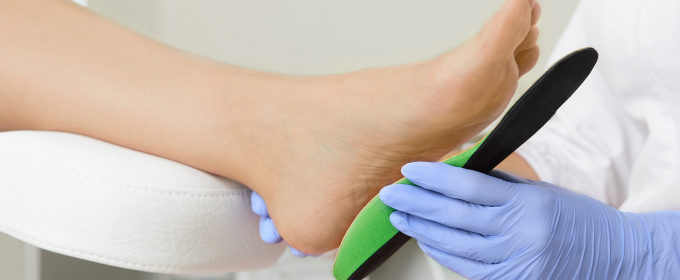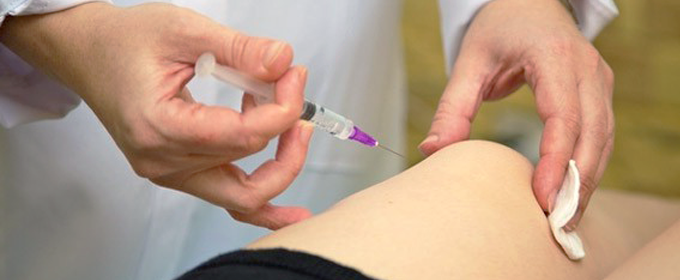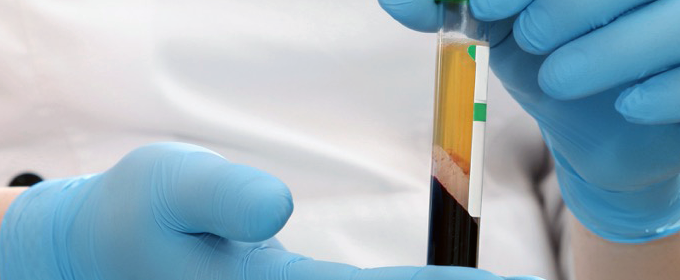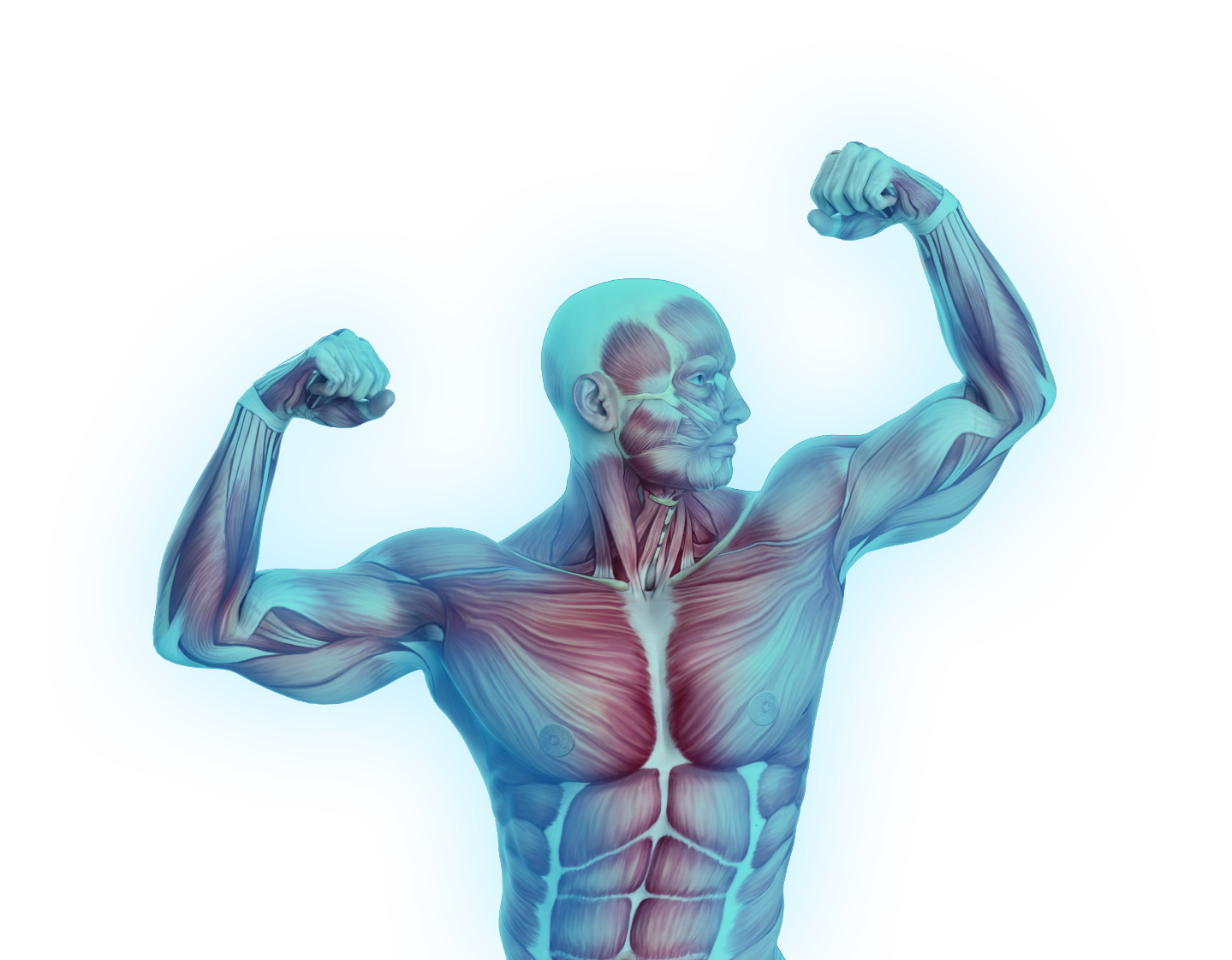Knee strain and sprain, including discomfort at the knee cap, can be due to
-
Normal wear-and-tear osteoarthritis
-
Direct traumac injury
-
Degenerative injury – or
-
Short leg syndrome.
Often, knee injury may be secondary to either primary ankle-foot or hip-sacroiliac joint problems, which need to be properly diagnosed and resolved before the knee problem can go away. Only a good functional physical examination can provide a clear diagnosis. Types of Knee Injuries If you’re suffering from knee pain, you might have sprained one of the following:
-
Lateral collateral (tibiofibular) ligament
-
Lateral coronary ligament
-
Lateral meniscus
-
Medial collateral ligament
-
Medial coronary ligament
-
Medial meniscus
-
Pes anserinus
-
Anterior cruciate ligament – or
-
Posterior cruciate ligament
The patella is especially sensitive to postural misalignment and off-center tracking in its natural groove. Usually such misalignment is caused by:
-
Flattened plantar arches – or
-
Sacroiliac joint dysfunction with short (plus long) leg syndrome.
In either case, the patella may be forced to track off-center. This results in erosion of the cartilage-like undersurface of the patella, which becomes very painful. The pain of quadraceps (patellar) tendonosis may, also, accompany the patellar pain.
Treatment
Osteopathic Manual Therapy (OMT) is helpful in mobilizing the tibiofibular joint.
Acute medial collateral ligament (MCL) sprain, especially, often responds very well to Neural Therapy. Neural Therapy can greatly reduce MCL swelling and pain – often minimizing the need for follow-up Prolotherapy.
More chronic sprain injuries are very responsive to Prolotherapy, which is generally directed to knee ligament or muscle tendon attachments – depending on history and findings on examination and X-ray.
Platelet-Rich Plasma (PRP) Therapy would be more appropriate if the sprain injury and dysfunction are due to significant ligament or tendon tearing.
The pain of knee wear-and-tear osteoarthritis can often be relieved or, at least, minimized by treating the coexisting ligament sprain injuries by Prolotherapy. Intra-articular therapy has been reported helpful in minimizing – in some cases restoring – articular cartilage loss.

